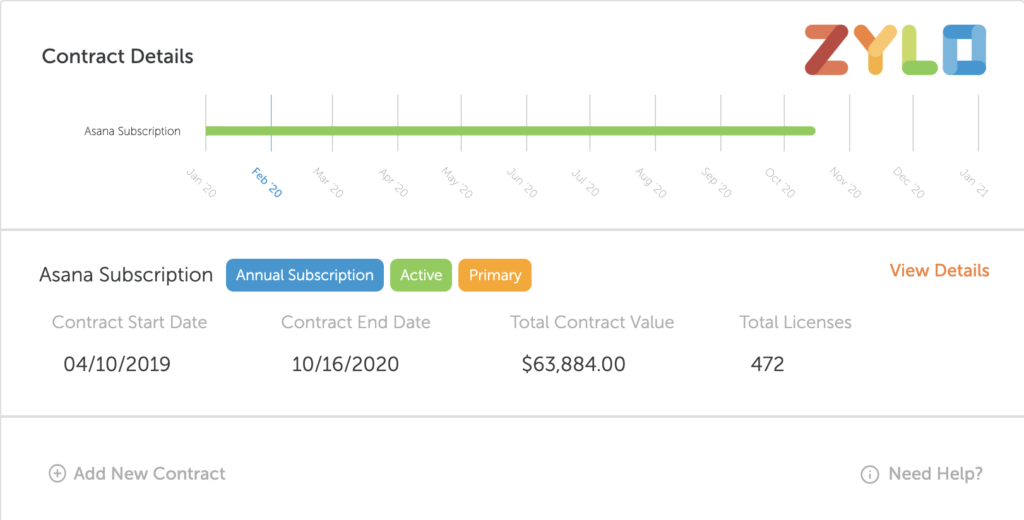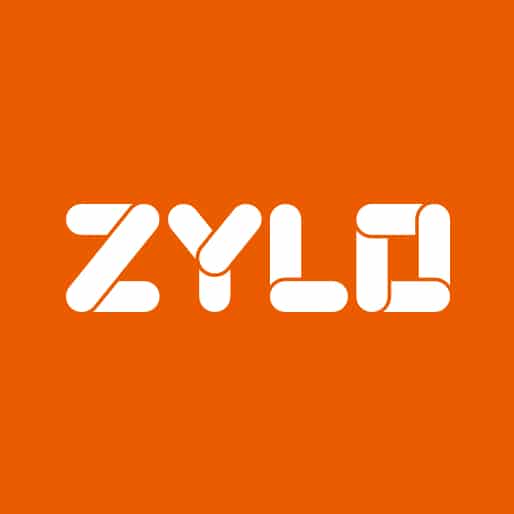02/17/2020
Table of Contents
Knowing what to look for in the details of a SaaS agreement can be overwhelming. Without a comprehensive picture of all SaaS details and a centralized management system, managing SaaS subscriptions frequently becomes a major headache. At the core of every software subscription lies the SaaS agreement.
RELATED: Download the SaaS Management Superhero Ebook
Knowing what specific items to review for in your contract and keeping that info on hand promotes more effective, more successful management of SaaS tools. In this blog, you’ll get a comprehensive checklist of the key things to review in every SaaS agreement. But, first, let’s define what a SaaS agreement is.
What is a SaaS agreement?
A SaaS agreement is a contract between a software vendor and a customer and outlines terms for the software purchase, usage, billing, and renewal.
SaaS agreements typically outline all the details regarding who can access the software, the period of usage, renewal dates and conditions, thresholds for overages, and other line items. Without a central system that can quickly surface agreement details, managing your organization’s SaaS can quickly devolve into chaos.
While a SaaS agreement is a foundational element for managing subscription details, it’s often difficult to connect the dots to the everyday use of a SaaS subscription or application. For example, it takes 68 percent of employees more than 10 minutes to locate a contract.
SaaS Agreement Checklist: 9 Things to Review in Every SaaS Contract
This SaaS agreement checklist helps maximize the value from software subscriptions.
Look for these ten essential details in every agreement to improve your SaaS management:
1. Start date
The agreement start date may also be known as the commencement date or effective date. This is the date that your software-as-a-service agreement officially activates and the subscription becomes available for use to the company or its end-users. Knowing the exact agreement kick-off date is important because all agreement term durations tie back to this date.
2. End date
The critical second step of our SaaS agreement checklist is knowing the SaaS agreement end date. This date may also be referred to as the renewal date or termination date.
It’s important to anticipate renewal dates so that application owners or sourcing teams have sufficient lead time to proactively negotiate contract renewal terms and ensure that maximum value is being obtained from the subscription. Starting renewal or offboarding planning or negotiations ahead of the curve is beneficial in SaaS agreement discussions.
Having trouble locating this information? Look for the termination section in your SaaS agreement.

3. Notification length
This section of a SaaS agreement often creates the most trouble for subscribers. Most suppliers require notification if the customer does not intend to automatically renew. For example, if your SaaS agreement outlines 60 days for the notification length, that means you must communicate your intent not to renew at least 60 days in advance of the contract end date.
According to Zylo data, notification periods of 30 days are the most common, followed by 60 days and 90 days. However, notification periods with as few as 15 days are not uncommon, and although relatively rare, some agreements require as many as 180 days or more.
For organizations without a formalized process for managing SaaS agreement details, meeting the commitment required by notification clauses can be a true pain point. Using a SaaS system of record like Zylo centralizes notification length terms and can preemptively alert IT leaders and business unit stakeholders when a notification period approaches.
Finding it difficult to locate the notification length? This information frequently appears in the termination section of SaaS agreements. Make sure you don’t miss this step in the SaaS agreement checklist.
4. Total contract value
The total contract value is the combination of all financial commitments for each SaaS subscription across business units. Having a firm handle on these details is important because there may be gaps in agreement commitments and the actual total spend.
For example, if the original contract stated a total commitment of $10,000, but actual billing data shows the company is paying several times that amount, it’s important to understand why.
Frequently, comparing committed spend to actual spend reveals upgrades, overages, or other cost escalators such as new features or pricing model changes that can be addressed to reduce or contain costs.
5. Total quantity of licenses and types of licenses
Typical SaaS purchases come with an assigned number of licenses that can be allocated throughout an organization. If employees do not fully adopt a piece of software or licenses aren’t managed during personnel turnover, the potential exists for losses in investment and excess licenses. By comparing active user accounts and actual usage against purchased licenses, it’s much easier to identify gaps and uncover cost savings opportunities.
6. Billing frequency
This section of your SaaS agreement outlines how often billing will occur for a SaaS subscription. Before the ROI of a particular SaaS subscription can be determined, billing frequency and total spend need to be analyzed. Most SaaS subscriptions offer monthly, semi-annual, annual, multi-year, or single purchase options.
7. Consumption metrics, billing units
Managing the consumption metrics for SaaS applications presents a unique challenge for planning organization-wide SaaS management and is another critical piece of the agreement checklist. What is a SaaS application consumption metric? Any unit of value that commands pricing and has a predetermined limit or capacity. Identifying these pricing units is essential for tracking and containing costs.
Examples of common consumption metrics include application-specific units of value such as
- Total quantity of emails sent using an email marketing platform such as Mailchimp, Salesforce Marketing Cloud, or Constant Contact.
- Total envelopes for transmitting documents in contract lifecycle management applications.
- Total storage capacity in cloud storage platforms such as Box, Dropbox or others.
- Total unique projects in project management and collaboration tools such as Basecamp, Asana, or Trello.
8. Other line-item details
For any SaaS subscription, it’s important to have a clear understanding of consumption metrics and thresholds for usage to avoid overages and unexpected fees. A SaaS agreement should define those thresholds and explicitly detail the fees for exceeding them. Depending on the SaaS tool, your line items might include the following:
- Feature, product, or service name
- Quantity of licenses
- Unit price per license
- Total value of all line items
- Free licenses and/or discounted licenses
- License allocation
- Platform details
- Professional services
- SaaS provider contacts
9. Data handling and regulatory compliance
Cloud-first companies rely heavily on data. It’s important to understand what happens to data if your organization chooses to sever ties with a SaaS provider. No organization wants to be roped into a SaaS agreement that isn’t advantageous simply for fear of losing critical data. For this final item on the agreement checklist, it’s important to have SaaS governance in place.
With the GDPR, SOC II, CCPA, and other data protection regulations, many organizations are obligated to comply with governing directives. If you operate in an industry or location that requires compliance, it’s your responsibility to ensure any vendors are also compliant. Make sure SaaS agreements outline relevant information to help verify compliance status.
Zylo meets all compliance standards and includes customizable fields for ensuring industry compliance for companies. (NOTE: Might some expanding here.)
Ensuring Visibility of SaaS Agreement Details
Your SaaS management strategy ultimately relies on having full visibility into contract details. Zylo not only offers a centralized platform for managing all spend, usage metrics, and SaaS agreement specifics, Zylo provides a contract concierge service to ensure all critical details are placed into your Zylo instance.
Increased visibility into SaaS agreements has multiple benefits for organizations. Among these are software cost savings, proper allocation of resources and elimination of SaaS redundancies. And it all begins with identifying pertinent information on SaaS agreements.
Request a demo of Zylo today to understand how identifying and managing critical SaaS agreement details enables modernized software management.
ABOUT THE AUTHOR

Zylo
Zylo is the leading enterprise SaaS management platform that transforms how companies manage and optimize the vast and accelerating number of cloud-based applications organizations rely on today. The platform provides one system of record for all cloud-based software purchased across a company, enabling customers to discover, manage, measure and optimize cloud investments with real-time insights into spend, utilization and feedback data.

